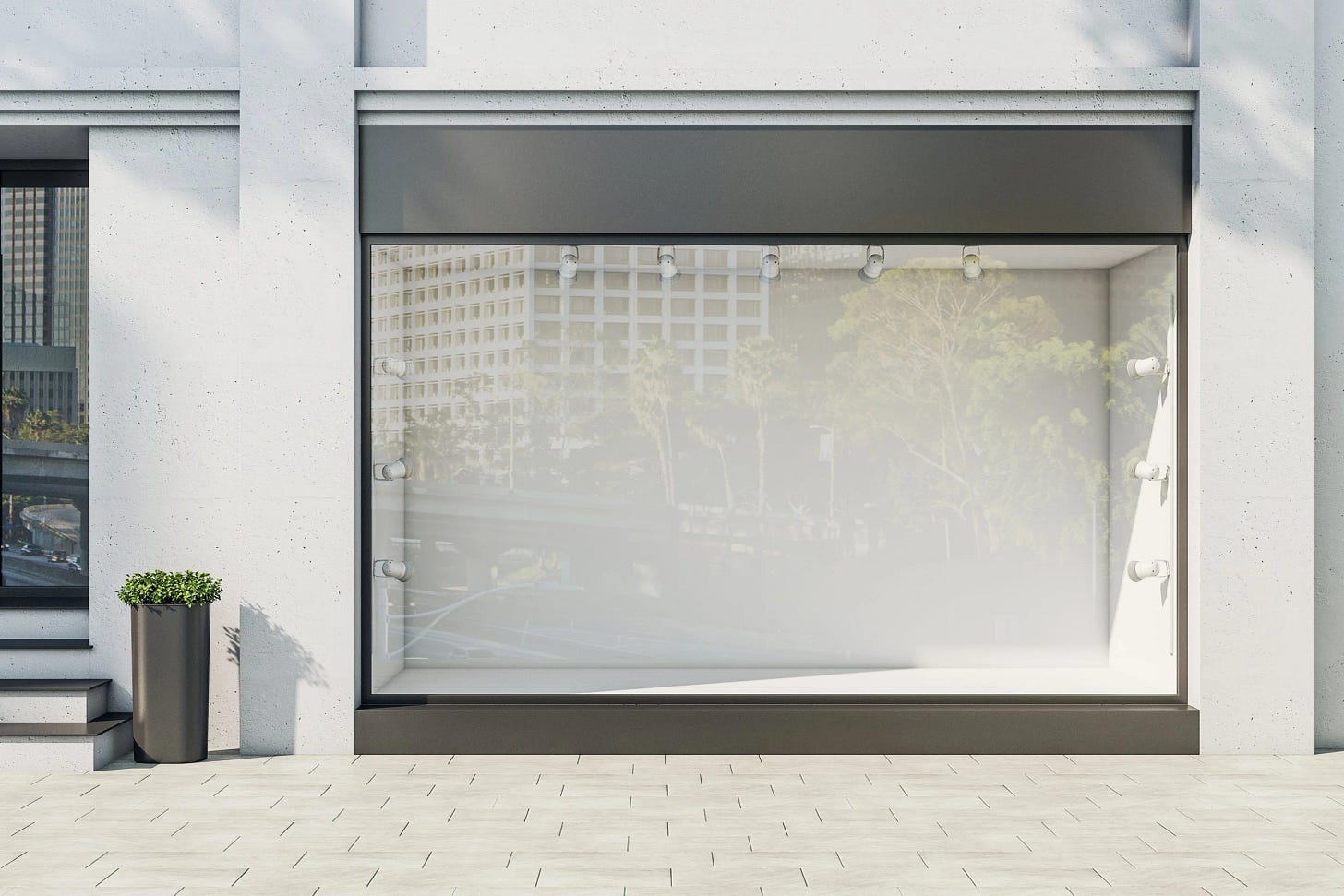Do artists no longer need a gallery to have a career?
Over the past few years, certain artists have seemingly weighed the pros and cons of being represented by a gallery and decided it’s not for them. Why?
In recent years, we have seen a few interesting moves by artists. Back in December 2022, Gerhard Richter left Marian Goodman Gallery after more than 30 years for David Zwirner. And in February 2023, Peter Doig left Michael Werner after 23 years.
While it is true that artists move between galleries all the time, these moves caught our eye for a few reasons. First, both of these departures came after many years of loyalty and commitment. Second, although Richter joined Zwirner, Doig is – for now, at least – ‘working independently … and has no plans at present to join another gallery’, which is unusual for an artist of his status. Third, both artists have close ties to a chap called Joe Hage.
Hage has been described as ‘the most powerful person in today’s art world’, who as well as being a high-flying lawyer, is also reportedly Doig’s business manager, and has a long-standing relationship with Richter. Media reports have described him as the ‘manager’ or ‘business partner’ of Damien Hirst, who, despite being represented by Gagosian and White Cube, does a lot of business through HENI, an art services enterprise owned by Hage – including assorted headline-grabbing NFT-and-painting project like The Currency, which saw him burning works of art.
The whole situation raises an interesting question for artists like Doig, Richter and Hirst, who are already well-known and with established markets for their work. Do they need a gallery, or might they be better off in business with someone like Joe Hage?
So what does Hage actually do for them? Well, in recent years, HENI has created multiple series of editions for artists that sell in the thousands. Peter Doig’s 2022 series ‘Zermatt’ saw six prints, each in an edition of 250, sell for $3,000 per print – that’s up to $4.5 million in sales. Hirst’s recent HENI print/NFT series ‘The Empresses’ appears to have grossed $54 million. It is unlikely that HENI is taking a 50% cut like a typical gallery would, but even if that were the case this would still be easy money.
As for Gerhard Richter, now 91 years old, Richter stopped painting in 2017, meaning that the market for his work is mostly secondary. But that doesn’t mean that editions can’t be made. HENI has produced 23 different projects editioning Richter’s work in the past decade.
Clearly revenue is not an issue, but there is also the question around ongoing recognition, validation, and respect from curators and museums, something that traditional galleries work hard for with their artists. But it is debatable whether all artists still need it. And Hage helps in other ways. He was instrumental in creating Richter’s website, which is an excellent online catalogue raisonné of his works. And his firm, Joseph Hage Aaronson, recently added art law as one of its specialties, making Jonathan Olsoff and Antonia Serra Clapes, both formerly at Sotheby’s, partners in February 2023.
In this way, Hage is like an artist’s agent, and indeed in 2021, HENI created HENI Artists Agency (HAA) and held some physical exhibitions in central Soho, although that project seems to be discontinued.
It would be too far to say that artists don’t need galleries any more, but having a gallery might only makes sense if artists want what a gallery can provide. This doesn’t just mean sales, but also carefully building recognition and validation within the art world. Some artists don’t need, or want, that.
Apart from artists (or artist’s estates) who are already recognised enough, what about street artists, NFT artists, or so called ‘red-chip’ artists? These types of artists are quite comfortable ‘outside’ the art world’s mainstream systems of validation. The crypto artist Ben Gentilli, who makes work under the pseudonym Robert Alice, has explained that he sells directly through Christie’s because doesn’t agree with ‘the hierarchies of collectors that come with galleries’.
What we are currently seeing in the art market is buyers paying less and less attention to the traditional expertise. New galleries seemingly prefer Instagram engagement over curatorial respect as a means of promoting their artists. Artists also might place less weight on the validation of museums if they fail to believe in them as institutions and instead pursue ‘fame’ on social media platforms like TikTok.
The next few years in the art market will be less about revolution and more about bifurcation, with different artists going in different directions. In a way, this will mean a more professionalised, revenue-generating industry for those artists who don’t want to be ‘part of’ the art world. But it might also mean that artists start demanding more from their galleries, not so much in terms of institutional validation, but in terms of generating revenue in ways that might have previously been seen as ‘below them’.
Like in the luxury industries where the expensive clothes and fashion shows are marketing for the revenue-generating perfumes, bags and jewellery, artists might start embracing a two-tiered system. Sure, they’ll keep creating a few original works to be sold to top collectors and placed in museums, but they’ll also have a constant stream of editions keeping the money rolling in.
Perhaps there is a way to get more money flowing into the art world after all. If more artists are willing to make art (even editions) for the masses, and not leave this business to the Hirsts and Koons of the world, then perhaps – with the assistance of galleries or not – more good artists will be able to make a proper living.
Wasn’t it Warhol who said ‘commercial things really do stink. As soon as it becomes commercial for a mass market it really stinks’?



